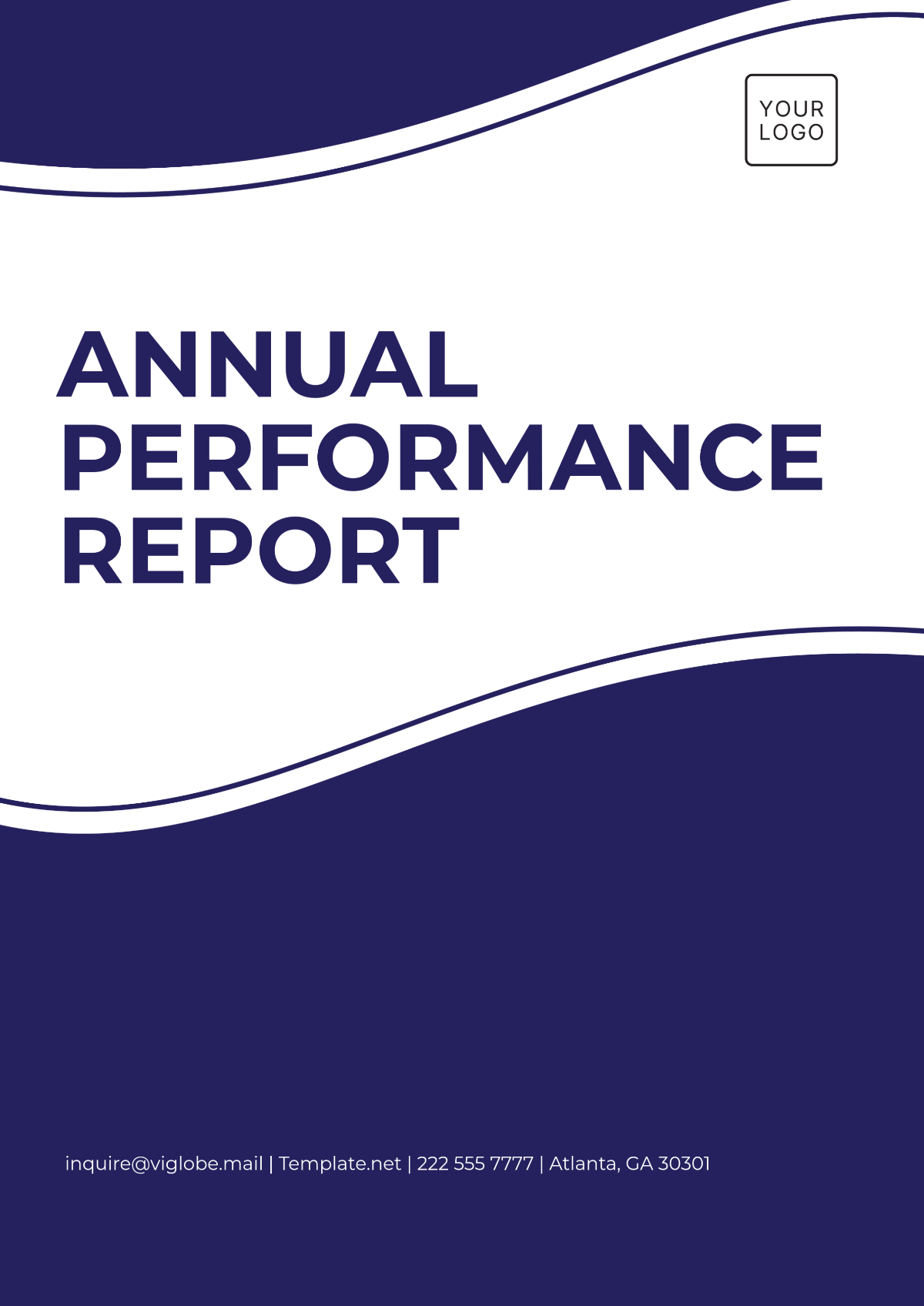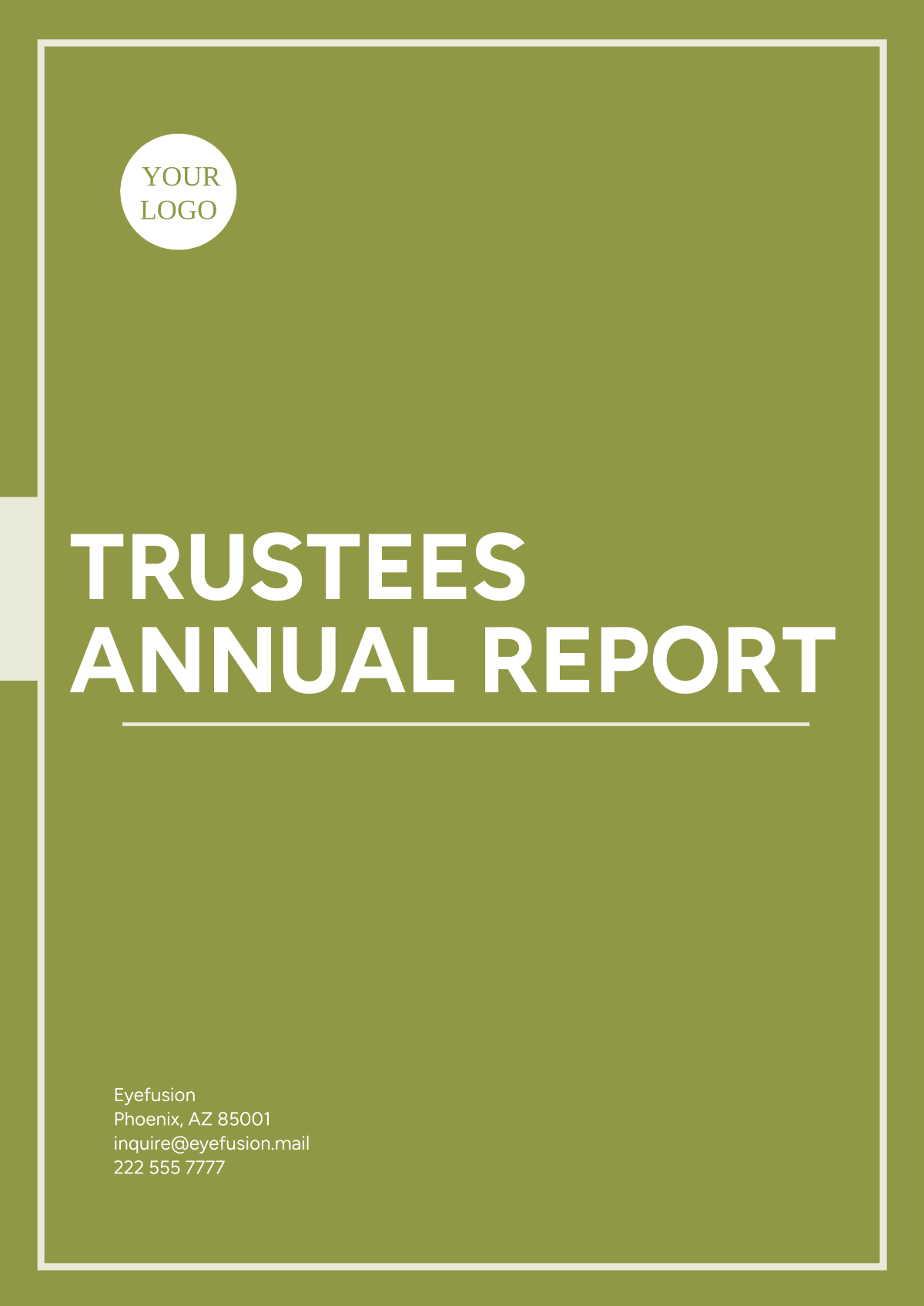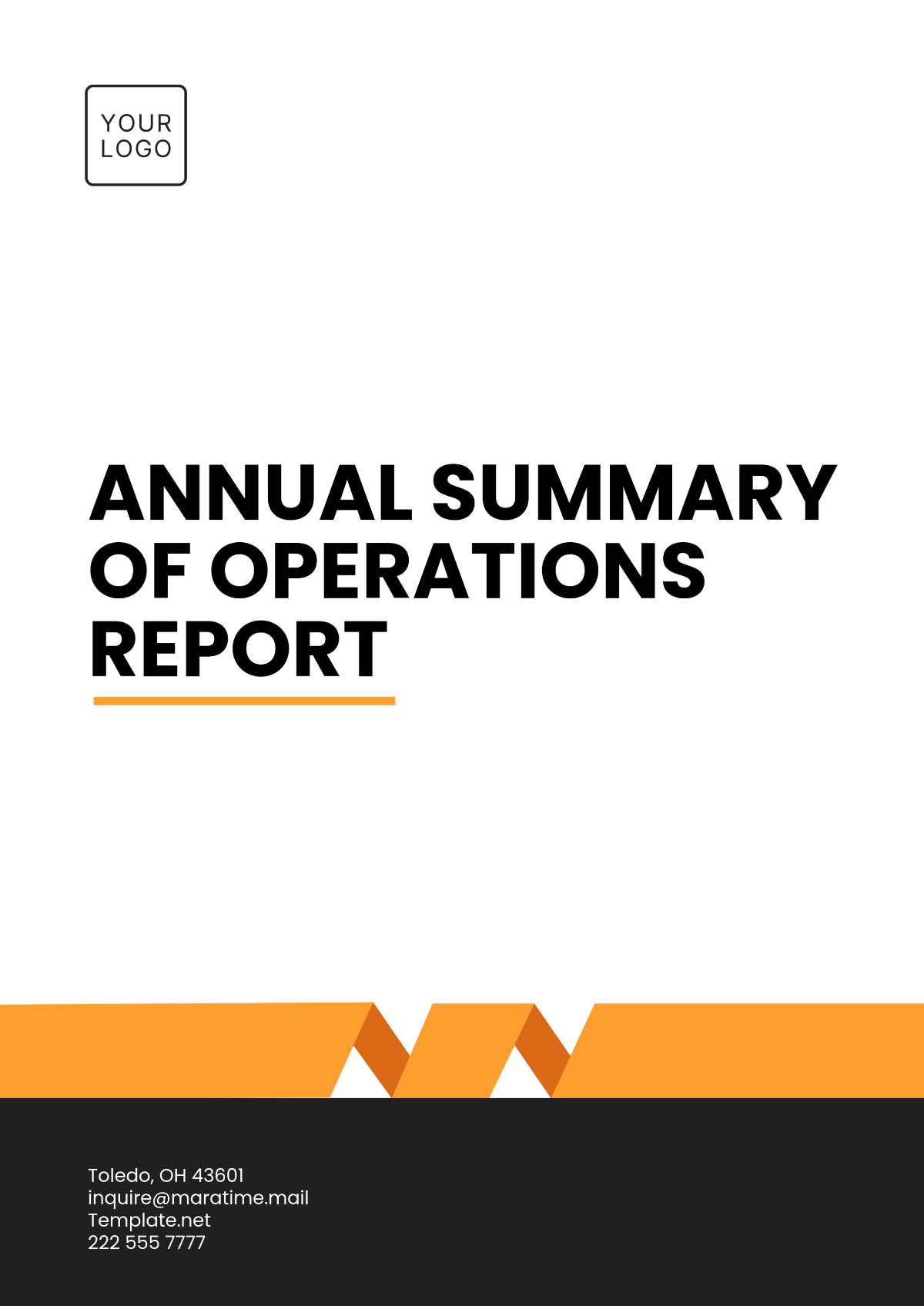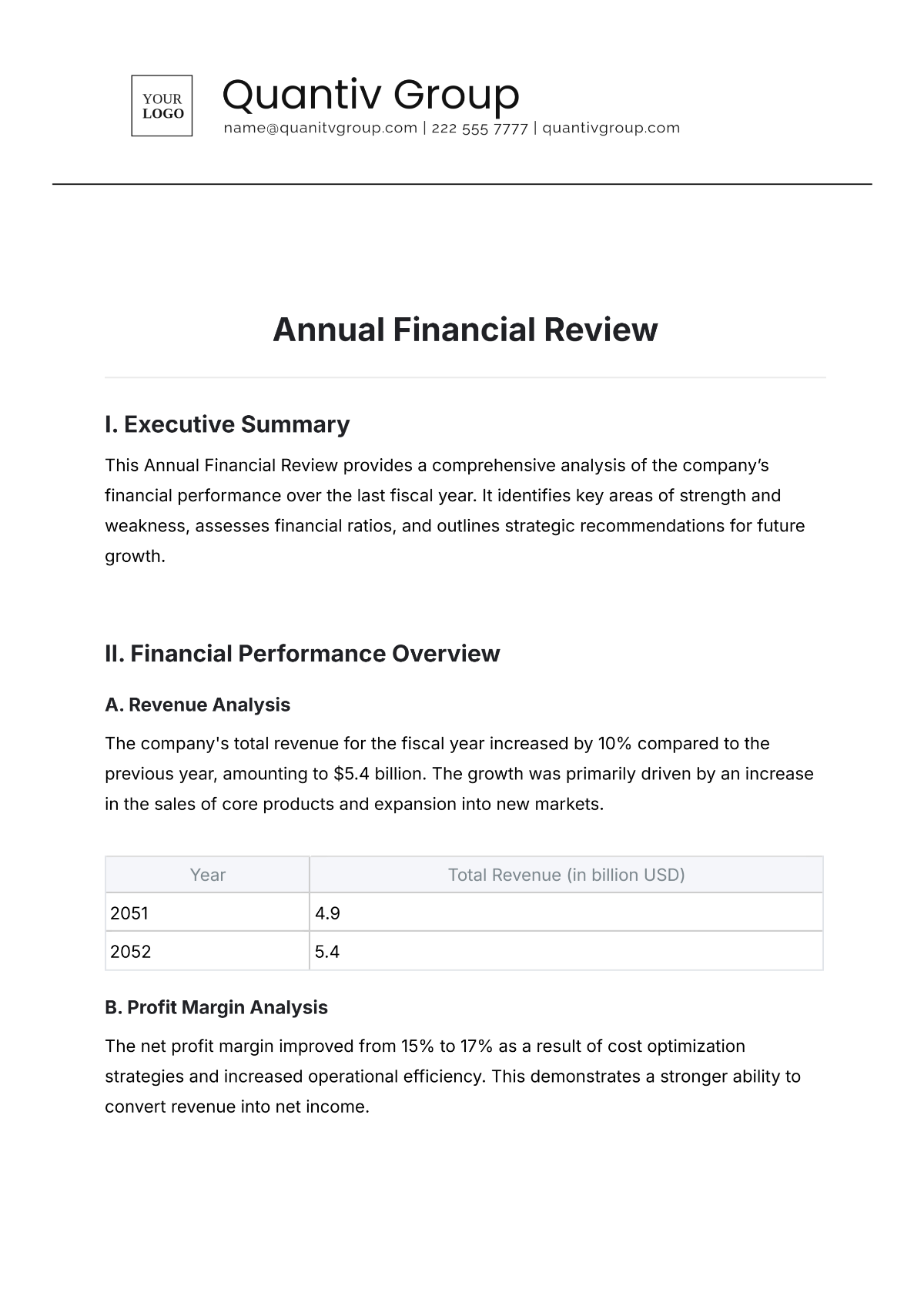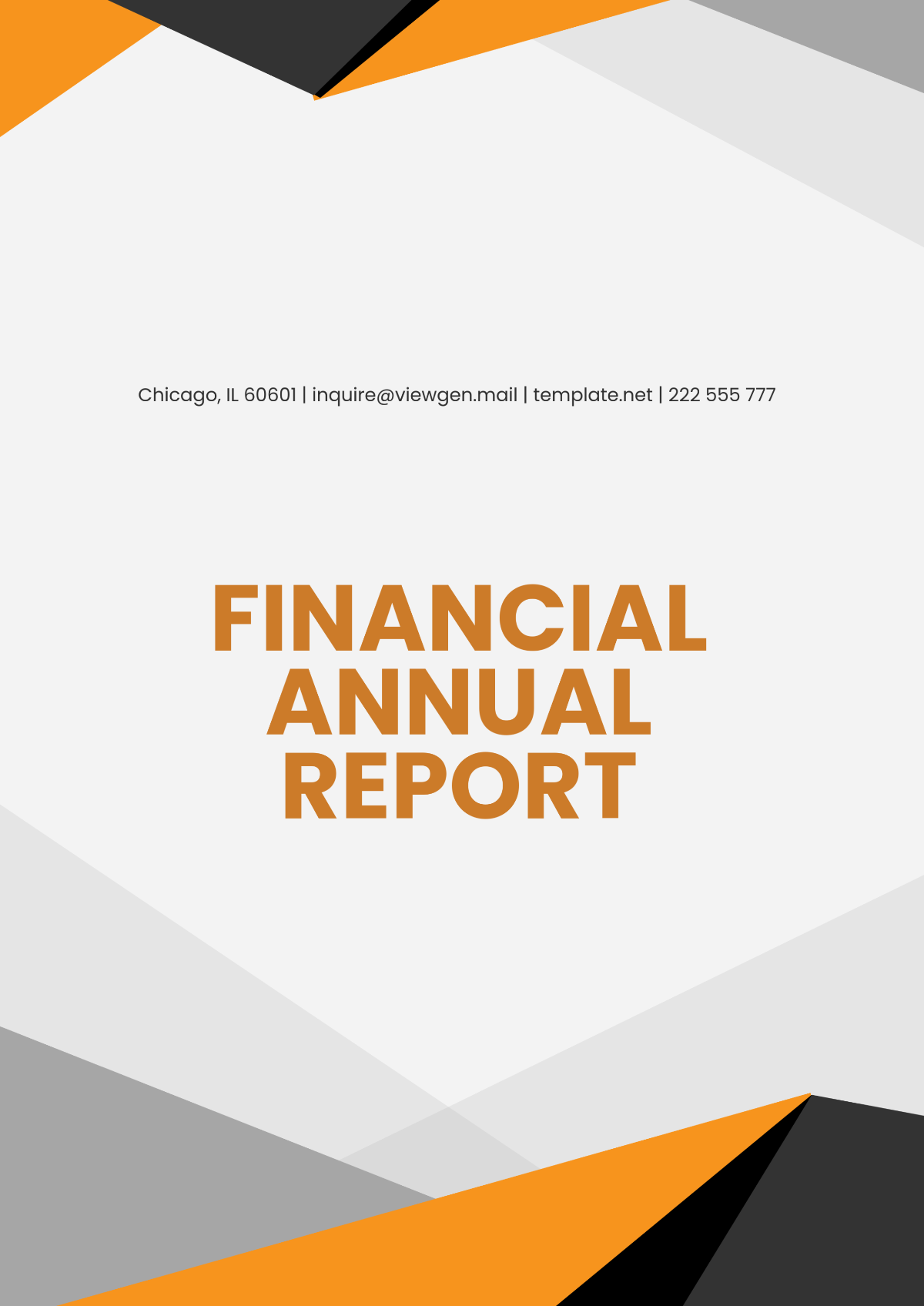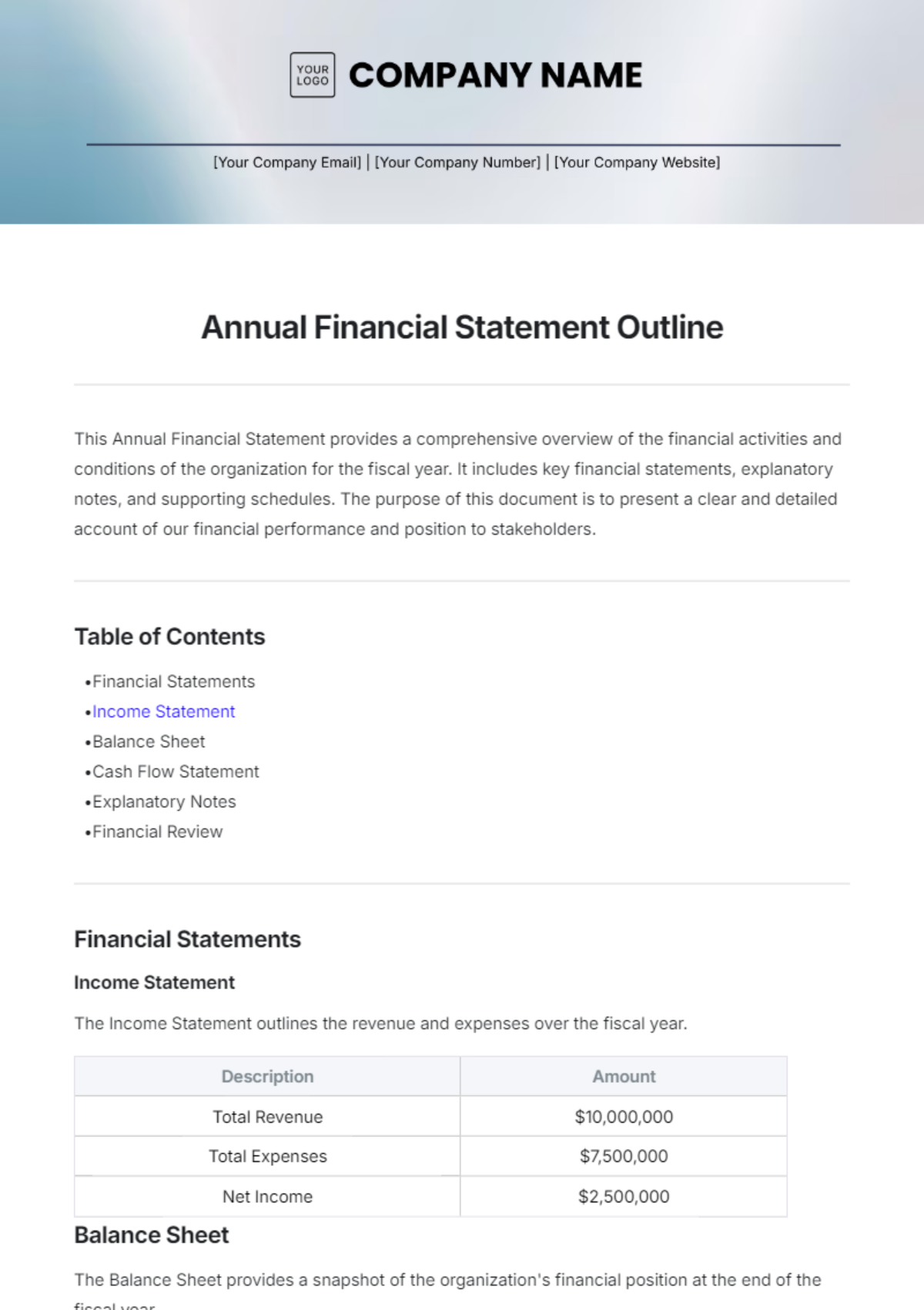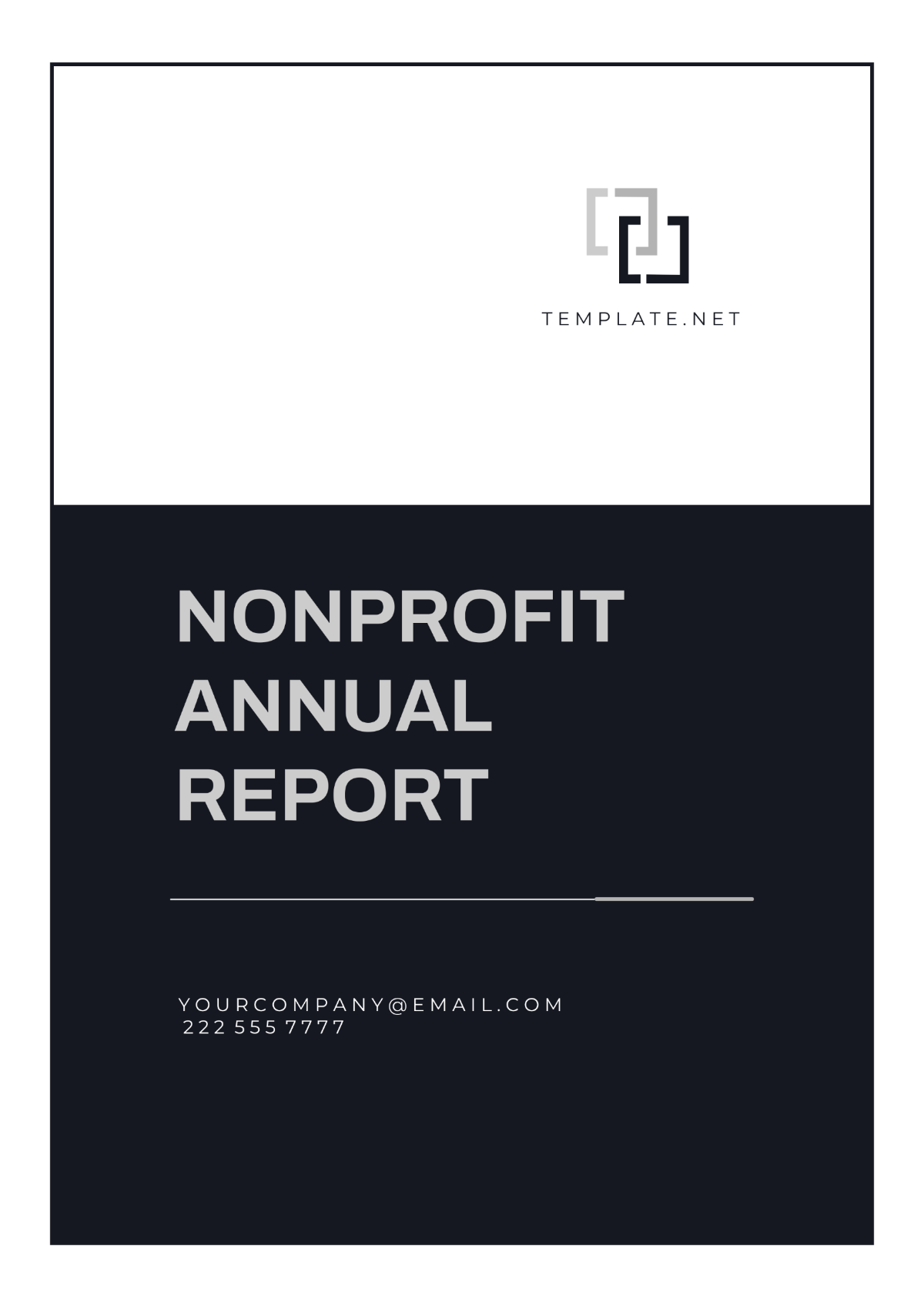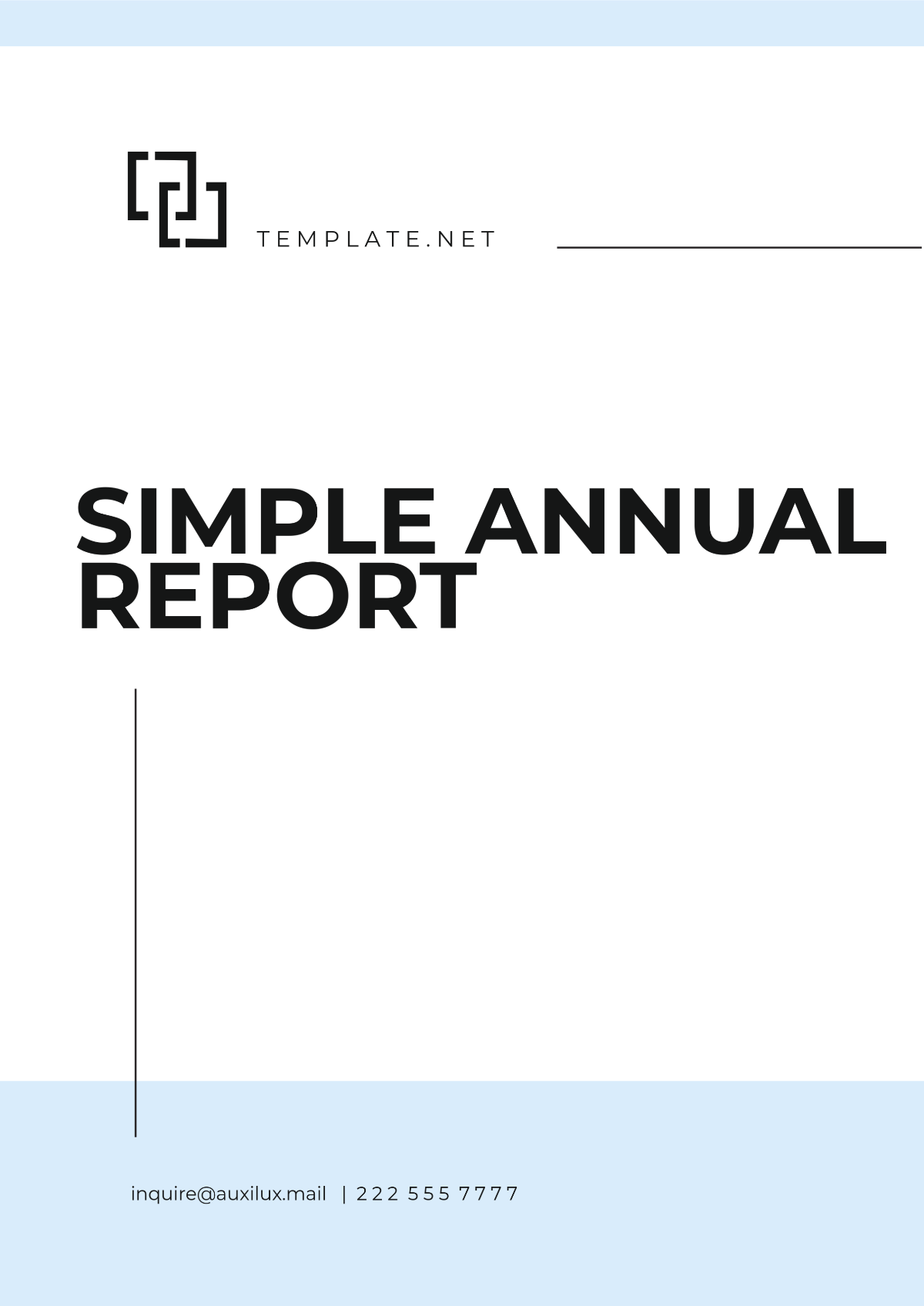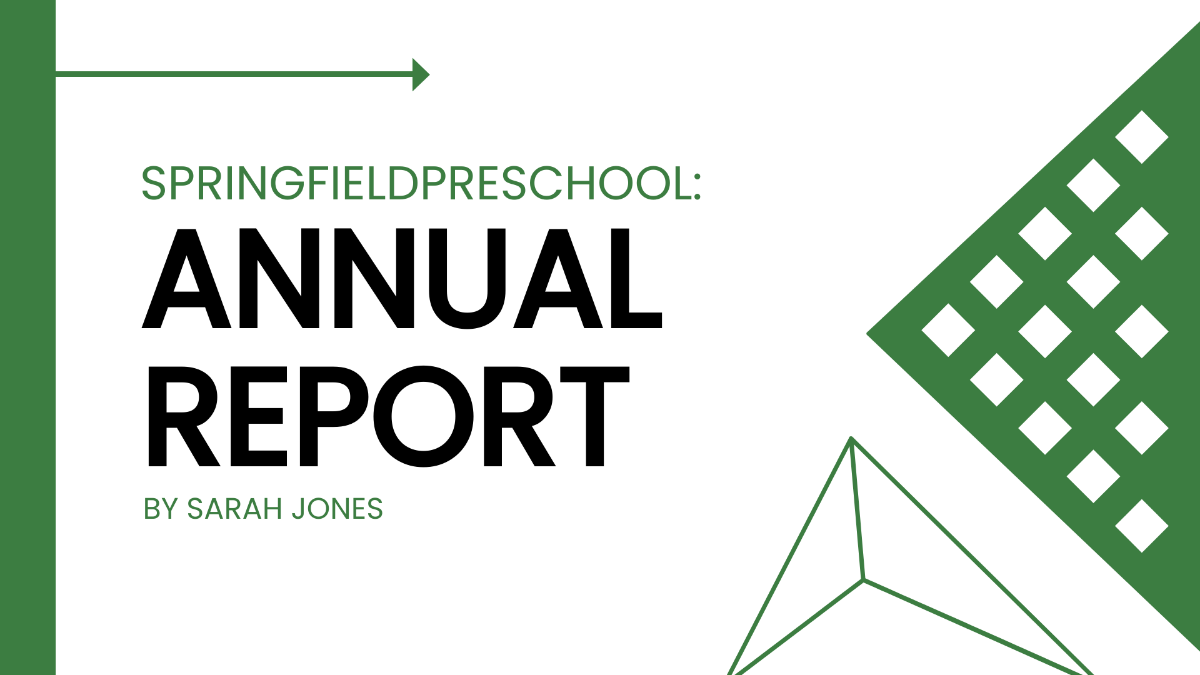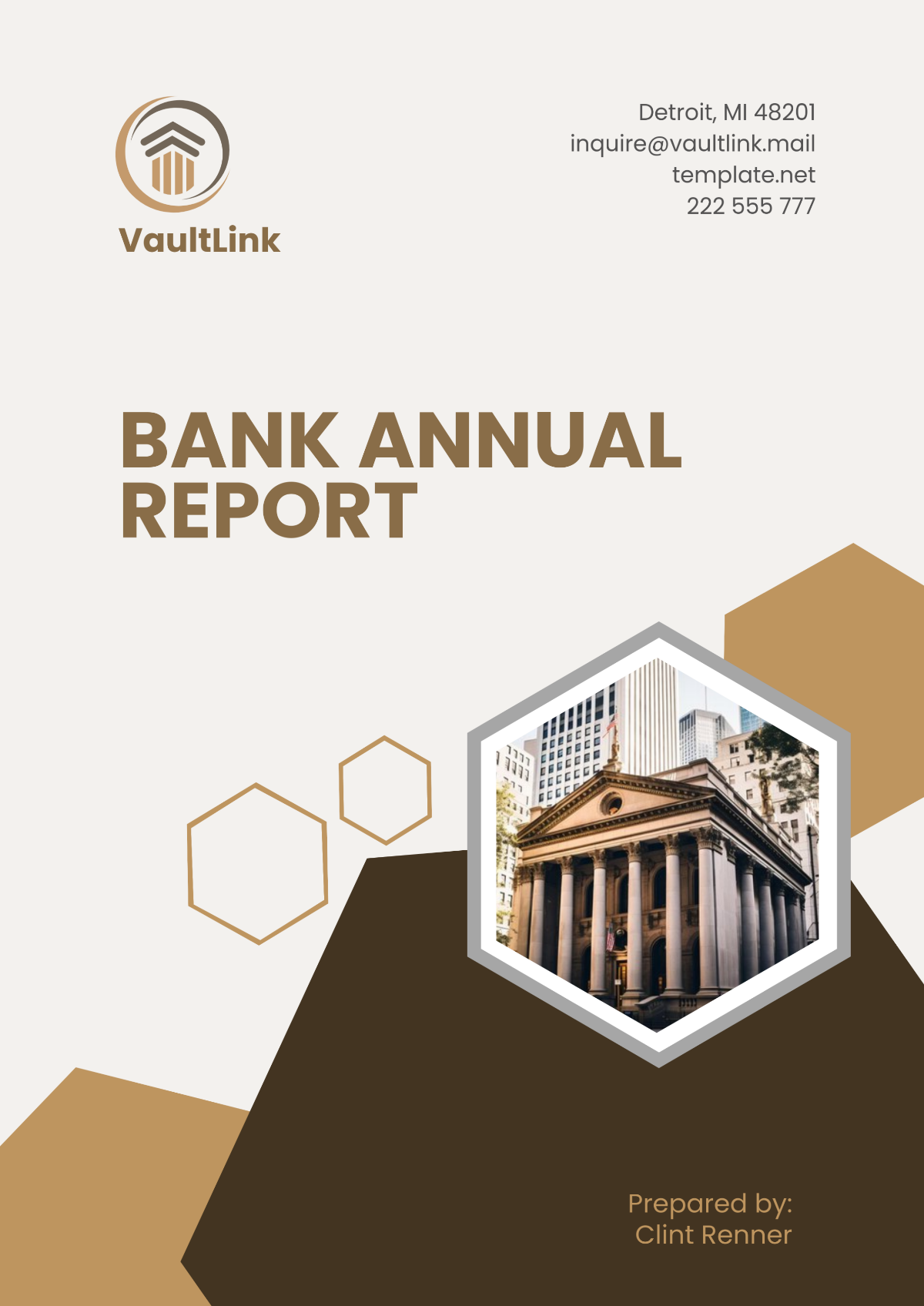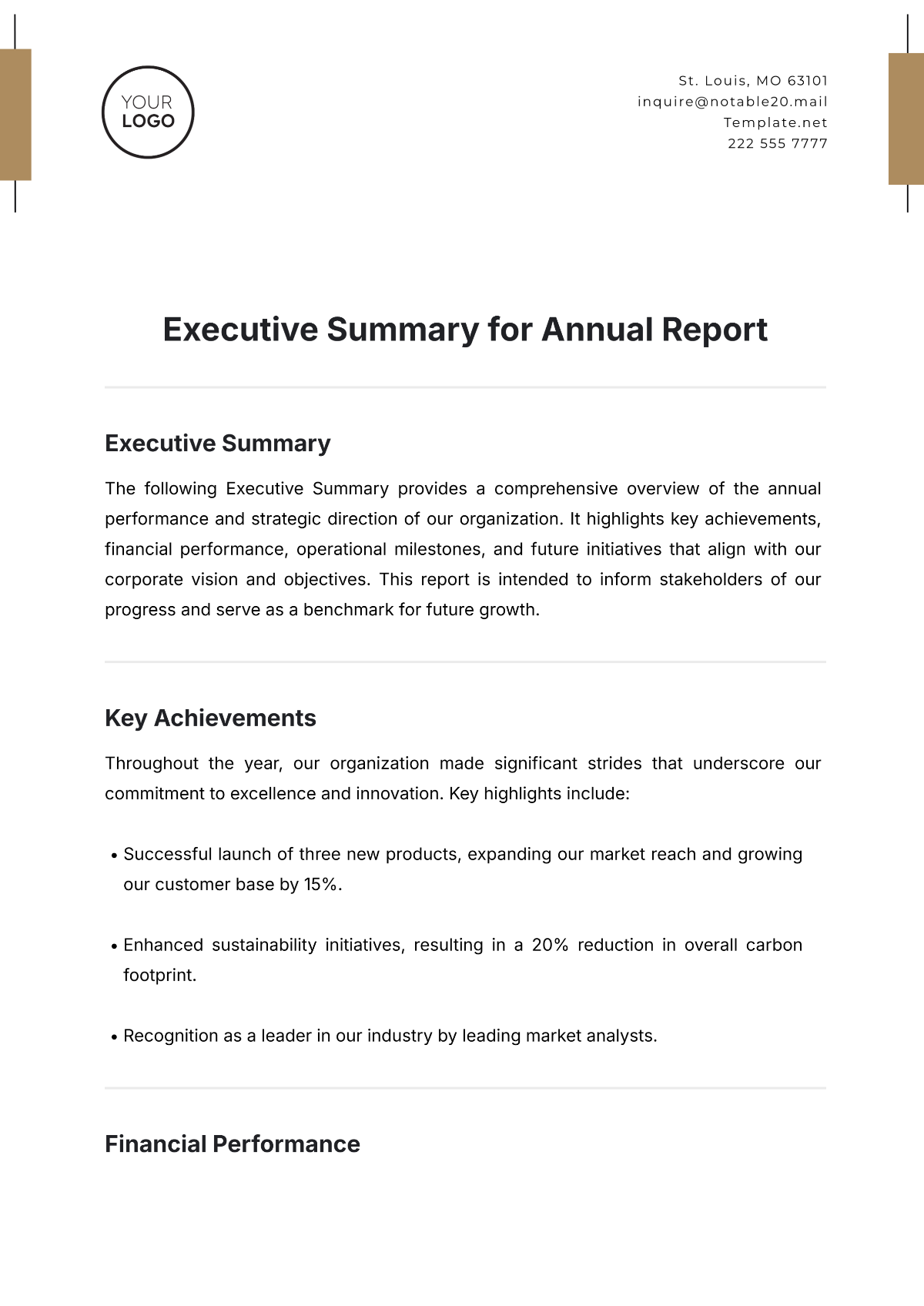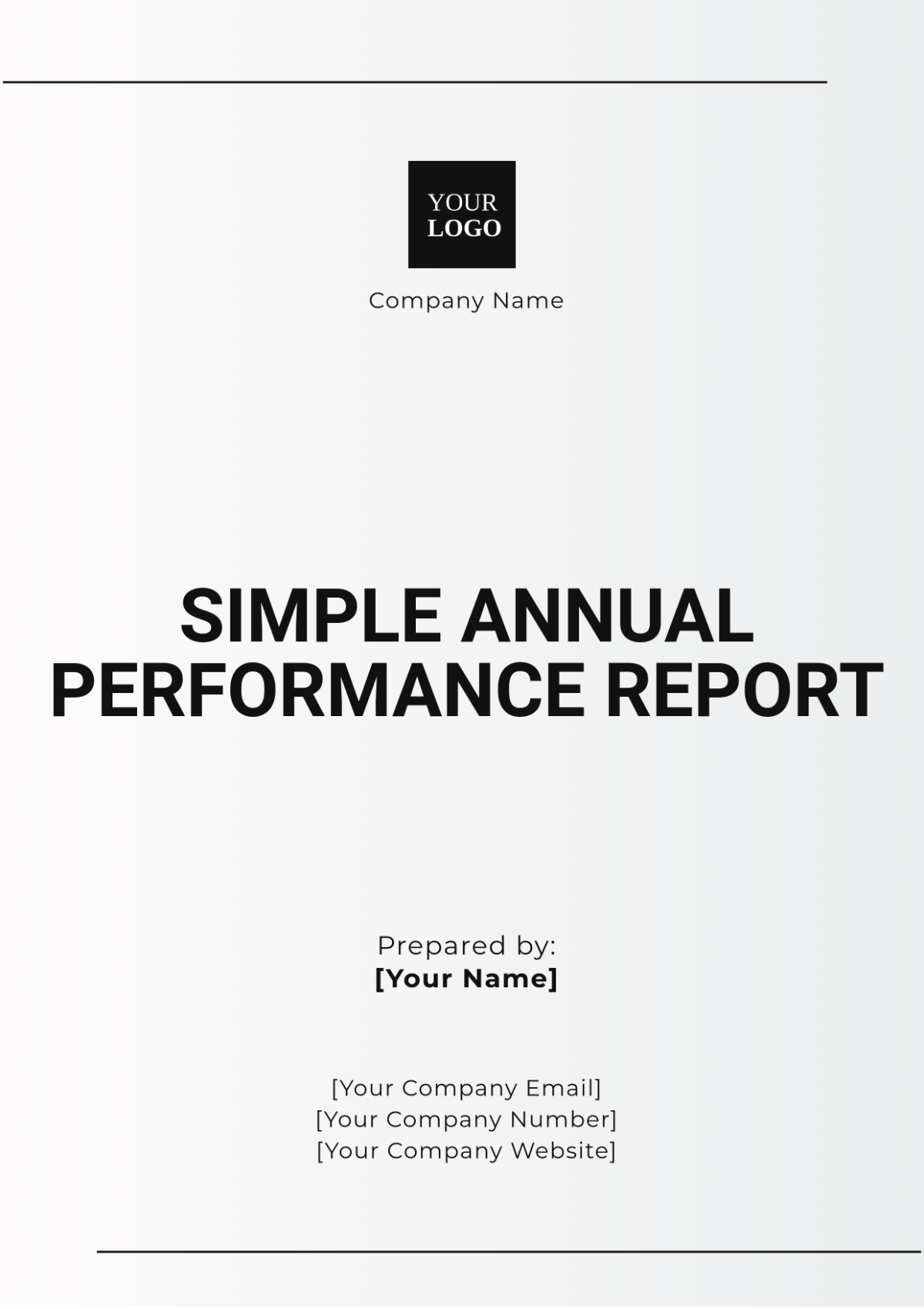Grocery Store Revenue Report Design
I. Introduction
The Grocery Store Revenue Report offers a detailed overview of the financial performance of [Your Company Name] for the fiscal year 2050. This report serves as a comprehensive tool for stakeholders, including management, investors, and financial analysts, to assess the store's revenue trends, profitability, and overall financial health. The introduction of this report provides insight into the key revenue streams, market conditions, and operational strategies that have influenced the store's financial results.
In the past year, [Your Company Name] has navigated a dynamic retail environment characterized by evolving consumer preferences, supply chain disruptions, and competitive pressures. This report will highlight the significant factors contributing to revenue changes, including sales performance across different product categories, promotional activities, and seasonal trends. By analyzing these elements, the report aims to offer actionable insights and strategic recommendations to drive future growth and enhance operational efficiency.
II. Monthly Revenue Analysis
The Monthly Revenue Analysis section provides a detailed breakdown of [Your Company Name]’s revenue performance on a month-to-month basis for the fiscal year 2050. This analysis is crucial for understanding the variations in revenue throughout the year, identifying trends, and assessing the impact of seasonal fluctuations and promotional activities. By examining each month’s revenue data, stakeholders can gain insights into peak sales periods, periods of underperformance, and the effectiveness of marketing strategies.
Monthly Revenue Breakdown
The revenue data for [Your Company Name] throughout 2050 reveals a consistent upward trend, with monthly revenues steadily increasing from January to December. Starting at $100,000 in January, the revenue rose to $150,000 by December, showcasing a robust growth trajectory. This positive trend is indicative of successful operational strategies and effective market positioning. Notable spikes in revenue during peak months such as November and December suggest that seasonal promotions and holiday shopping significantly boosted sales.
The month-over-month analysis highlights a gradual increase in revenue, with the highest growth observed between July and December. This period likely benefited from intensified marketing campaigns, holiday promotions, and enhanced customer engagement. The steady revenue growth and peak performance in the latter part of the year reflect effective business practices and a strong response to market demands, positioning [Your Company Name] for continued success and further expansion.
III. Product Sales Performance
The Product Sales Performance section offers an in-depth look at the revenue generated from key product categories at [Your Company Name] for the fiscal year 2050. This analysis highlights the top-selling product categories, providing a clear view of which segments have driven the highest sales and contributed most significantly to overall revenue. Understanding these figures is crucial for evaluating product performance, making informed inventory decisions, and tailoring marketing strategies.
The table below presents annual revenue figures for each major product category, including Fresh Produce, Dairy Products, Meat and Seafood, Bakery Items, and Beverages. By examining these numbers, stakeholders can assess the relative success of each category, identify trends in consumer preferences, and develop strategies to capitalize on high-performing areas while addressing any underperforming segments.
Top-Selling Product Categories
Category | Annual Revenue ($) |
|---|---|
Fresh Produce | 600,000 |
Dairy Products | 500,000 |
Meat and Seafood | 450,000 |
Bakery Items | 300,000 |
Beverages | 250,000 |
Product-Specific Insights
Analysis reveals the following insights:
Fresh Produce: Continues to be the leading category, contributing the highest to the overall revenue.
Dairy Products: Strong sales driven by consistent demand for milk, cheese, and yogurt.
Meat and Seafood: High performance, particularly around holidays and grilling season in the summer.
IV. Seasonal Trends and Influences
The Seasonal Trends and Influences section examines how seasonal variations and holidays affect revenue at [Your Company Name]. This analysis is crucial for understanding the patterns of sales fluctuations throughout the year and the impact of specific seasonal events on overall revenue performance. By evaluating quarterly revenue figures and holiday-driven sales spikes, stakeholders can gain valuable insights into consumer behavior and operational effectiveness.
The table below provides a quarterly breakdown of revenue, showcasing the revenue growth from Q1 through Q4. Additionally, the "Impact of Holidays" segment highlights significant revenue increases during key holiday periods.
Quarterly Sales Analysis
Quarter | Revenue ($) |
|---|---|
Q1 | 305,000 |
Q2 | 340,000 |
Q3 | 390,000 |
Q4 | 435,000 |
Impact of Holidays
Holiday seasons have a profound impact on revenue at [Your Company Name], with distinct spikes observed during key periods. Easter, for example, drives a notable increase in sales of confections, such as chocolates and candy, as well as holiday meal components like ham and lamb. The surge in consumer demand for festive foods and treats significantly boosts revenue during this period.
Thanksgiving is another critical time, marked by a substantial rise in sales of traditional items such as turkeys, stuffing, and related grocery products. This holiday’s emphasis on large family meals and celebrations leads to increased purchases of these staple items, contributing to higher overall revenue.
Christmas represents the peak of the annual revenue cycle for [Your Company Name]. This period sees the highest revenue, driven by a wide array of products. The increase in sales is attributed to diverse consumer spending, including gifts, special holiday foods, and beverages. The festive season prompts consumers to indulge in a variety of products, from premium groceries to seasonal treats, leading to the most significant revenue spikes of the year. Understanding these holiday-driven trends helps [Your Company Name] effectively manage inventory, plan marketing campaigns, and optimize sales strategies.
V. Recommendations for Growth
The Recommendations for Growth section outlines strategic approaches to further enhance revenue and strengthen [Your Company Name]'s market position. By focusing on targeted strategies and customer engagement initiatives, the company can leverage its strengths and address opportunities for improvement. This section provides actionable recommendations designed to drive revenue growth, optimize operations, and deepen customer relationships.
Strategies to Boost Revenue
To further enhance revenue, it is recommended to focus on the following strategies:
Enhance Online Presence: Expand e-commerce capabilities to capture the growing online shopping market.
Increase Promotions: Implement more frequent and varied promotional campaigns to boost in-store and online sales.
Optimize Inventory: Use data analytics to better forecast demand and manage inventory efficiently, minimizing out-of-stock situations.
Customer Engagement Initiatives
Enhancing customer engagement through:
Loyalty Programs: Develop or enhance loyalty programs offering exclusive discounts and rewards.
Community Events: Host community events and workshops to increase customer loyalty and community presence.
Feedback Mechanism: Implement a robust feedback system to continually improve customer service and product offerings.
Implementing these strategies will position [Your Company Name] for sustained success and competitive advantage in the evolving retail landscape.




